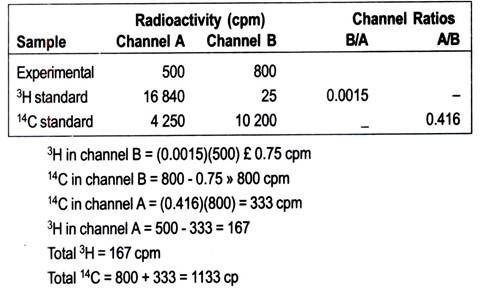In this article we will discuss about the structural pattern of a human tooth with the help of a suitable diagram.
Histologically, a tooth contains enamel, dentine, cementum and pulp (Fig. 1.58). Enamel is epithelial in origin and encircles dentine beyond the plane of gum. It is the hardest substance found in the body. Chemically, it has calcium phosphate in the largest quantity and also considerable amounts of organic substances. Histologically, enamel is composed of enamel rods or prisms, which are minute crystals of inorganic material embedded in organic one.
The calcified organic cementing substance between each rod is named as interrod or inter-prismatic substance. The bulk of tooth is composed of dentine which contains a higher percentage of inorganic material than bone but lesser than enamels. Similar to bone it has collagen fibres in a calcified ground matrix.
The cells, odontoblasts are responsible for deposition of dentine. It covers the pulp cavity and presents all throughout the life. Cementum which is alike bone both histologically and chemically, covers dentine at the root of the teeth. Cementum may be cellular, containing the cells, cementocytes which are similar to osteocytes or they may be free from cells, named as acellular cementum.
The pulp cavity is composed of connective tissue and is richly supplied with blood vessels. It has also both myelinated and non-myelinated nerve fibres. The gingiva (gum) is the oral mucous membrane which is firmly connected with the periosteum of the alveolar bone at its crest and also with the surface of the tooth by the epithelial attachment of Gottlieb.
Other than providing proper shape of the face, the teeth offer multiple functions. These help in mastication, chewing, biting and also tearing of food materials. By the process of mastication with the teeth, the solid food material in presence of saliva is made in to pulp and is thus swallowed smoothly.
